Introduction

Choosing eco-friendly travel in Mauritius means making responsible decisions that reduce your carbon footprint while supporting the island’s natural beauty and local communities. Whether you opt for green accommodations or participate in conservation efforts, your choices can make a significant difference in preserving Mauritius Island for future generations.
Table of Contents
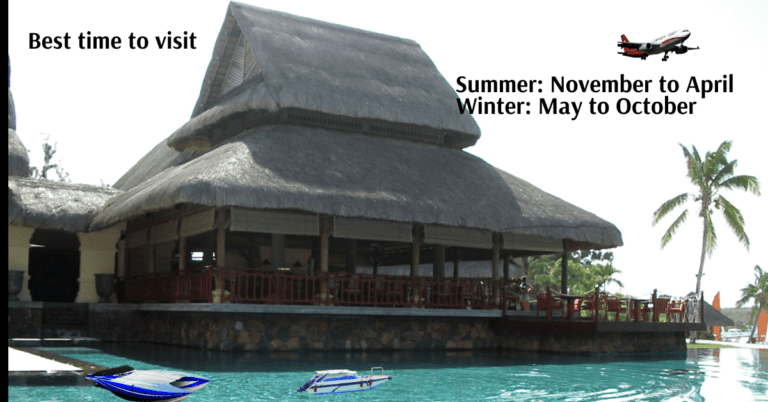
1.Best Time to Visit Mauritius Island
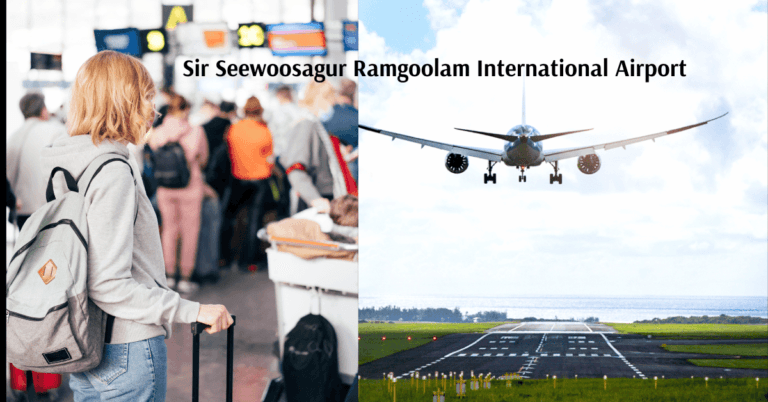
2.How to Get to Mauritius Island
Once you land, getting around Mauritius Island is easy, with various transportation options available. For eco-conscious travelers, using public transport such as buses or hiring electric vehicles is a great way to minimize environmental impact. Additionally, many accommodations offer airport shuttles, which reduce the need for multiple trips and promote eco-friendly travel in Mauritius. You may also like to know all about the Best places of Thailand.
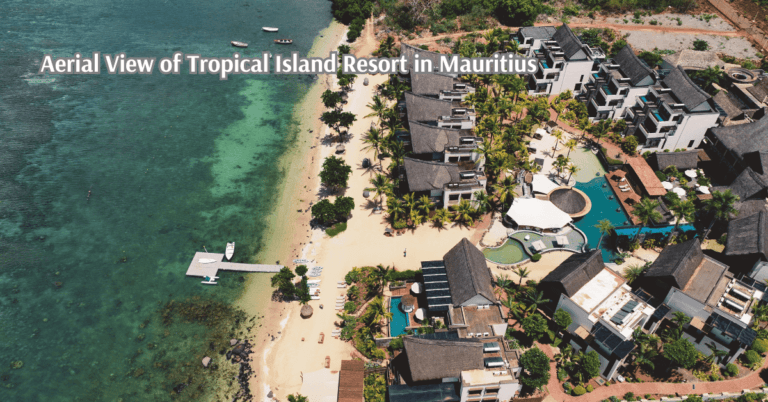
3.Where to Stay in Mauritius Island
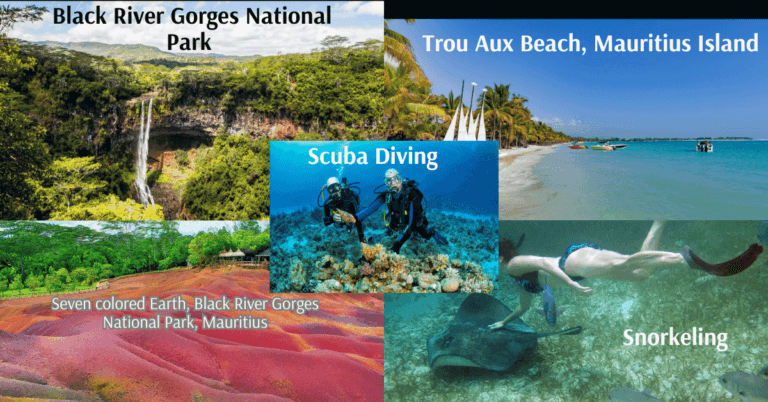
4.Top Things to Do on Mauritius Island
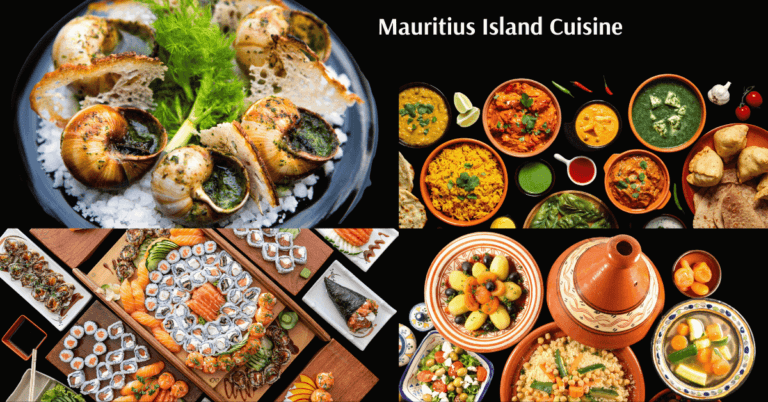
5.Mauritius Island Cuisine

6.Transportation Around the Mauritius Island
7.Safety and Travel Tips for Mauritius Island
Mauritius Island is generally a safe destination for tourists, but it’s always wise to take basic precautions. While petty crime, such as pickpocketing, is rare, keeping your belongings secure is still a good idea, and avoiding isolated areas at night. Regarding health, no specific vaccinations are required for Mauritius, but it’s recommended that routine vaccinations be kept up-to-date.
For eco-friendly travel in Mauritius, it’s important to consider your environmental impact while enjoying your stay. Avoid single-use plastics, bring a reusable water bottle, and choose reef-safe sunscreens to protect the island’s delicate coral reefs. Additionally, respecting wildlife and not disturbing natural habitats is key to preserving Mauritius Island’s biodiversity.
Eco-Friendly Travel and Sustainability in Mauritius Island
Mauritius Island has made significant strides in promoting sustainability and eco-friendly travel, ensuring that its natural beauty is preserved for future generations. For eco-friendly travel in Mauritius, travelers are encouraged to support eco-tourism initiatives, such as visiting wildlife sanctuaries, taking part in tree-planting programs, and learning about marine conservation efforts. One popular initiative is the Mauritius Wildlife Foundation, which works to protect endangered species and restore the island’s ecosystems.
Supporting local artisans and businesses is another key aspect of eco-friendly travel in Mauritius. Purchasing locally-made souvenirs or attending community-led tours helps boost the local economy and reduce the environmental impact of imported goods. Travelers can also participate in sustainable activities such as kayaking, snorkeling in protected marine areas or joining eco-tours that focus on environmental education and conservation.
Conclusion
In summary, Mauritius Island is a paradise not just for beach lovers but for anyone interested in culture, history, and sustainable travel. By embracing eco-friendly travel in Mauritius, you can enjoy everything this beautiful island has to offer while playing your part in preserving its natural and cultural heritage. From choosing green accommodations to supporting local businesses and participating in conservation activities, every small effort counts.
As you plan your trip to Mauritius Island, remember that responsible travel leads to a more meaningful and fulfilling experience. By taking conscious steps to reduce your environmental footprint, you’ll not only protect Mauritius’ stunning landscapes but also contribute to the well-being of the local communities that make the island so special.


